On the endless hillsides, the tea hills seem to stretch out even further, immense and undulating. In that green color, there is a mist mixed with the fragrance of the sky, the earth, the mountains and forests, and famous teas such as O Long, Tam Chau, Tram Anh, Tuyet Ngoc… The fragrance is like the quintessence distilled from the sky and the earth and the hard-working, calloused hands of the women of the highlands.
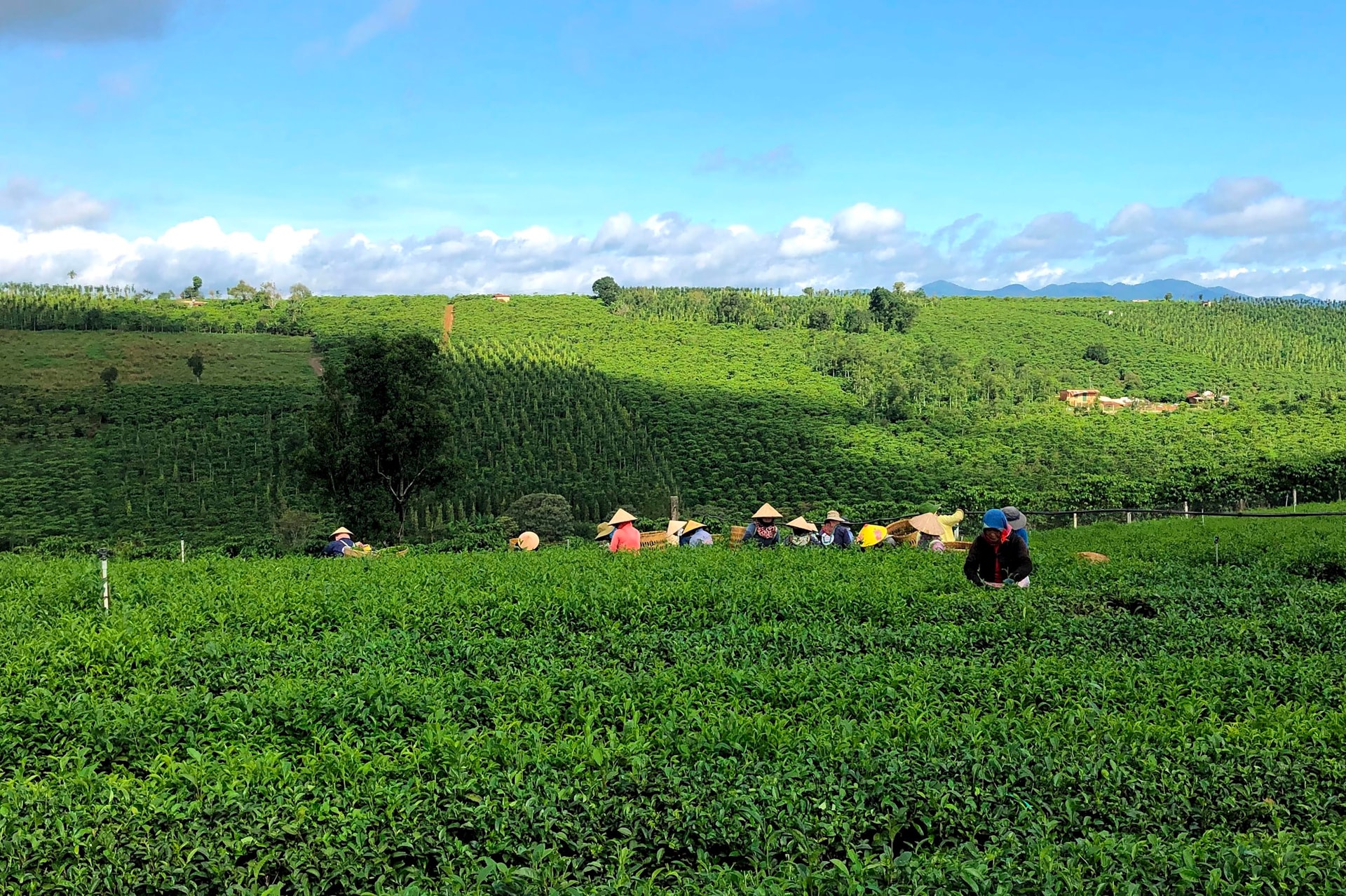
Tea hills spanning hundreds of years
Located at an altitude of nearly 1,000m above sea level, Bao Loc city ( Lam Dong province) is like a giant valley with interwoven ranges of mountains and hills. The highest of which is Dai Binh mountain range (about 1,200m) like a wall separating the West and the East. The city has two main national highways, National Highway 20 connecting to Da Lat and Ho Chi Minh City. National Highway 55 connecting to Phan Thiet helps Bao Loc transform, quickly becoming a well-known urban area. But above all, the brand that helps this city become widely known is the tea tree, which is about 100 years old and is grown everywhere. From large farms spread across many hillsides, valleys, rivers and streams to small gardens of indigenous highlanders. It seems that any empty space of this red soil plateau is tea. The tea tree is not only a part but also this city.
I still remember the first time more than 10 years ago, we went to Bao Loc on an early morning bus, or rather, at dawn. The driver stopped at a small coffee shop right at the Loc Nga intersection. Looking back, I realized that it was a lucky trip because I had time to watch the young city (at that time) change from dawn. The coffee shop was small but located along Highway 20 so it was open all night, overlooking a valley with several long, winding alleys in the tea hills. It was easy to see the roads in Bao Loc from above, because they had a characteristic red soil color against the green background of the tea trees. Around 6am, when the sun was brighter, the clouds slowly disappeared. Only a few remained on the high mountain tops. At this time, tea pickers also started to ride on their old motorbikes, tires and rims rusted by the red soil to start a new day. Children also poured out from the alleys in the valley to get on the highway to go to school. After that, my friend took me to the tea hills in Bo Lao Xe Re, Loc Thanh, Loc Phat, Loc An... to join in the life of the local people as it has been for hundreds of years. That is picking green tea. After hundreds of years, only the tea trees and the tea-picking women have not changed in this land. The Ma women, old and young, carry baskets on their backs, their faces are dark and their hands are nimble, gliding across the tea fields like artists who are absorbed in the symphony of heaven and earth. According to Ms. Ka Thoa, 34 years old, a Ma woman in Loc Thanh commune, even though they do not need to look closely, they still pick tea according to the standard of "one bud, two leaves" or "one bud, three leaves" depending on the company's requirements. “We here all pick tea for the company. Depending on the time or season, the company will require the type of tea to be picked to have the corresponding product quality. In the dry season, when tea is scarce and the leaves are small, we can pick three or even four leaves. The wages are calculated by the day, from one hundred and fifty to two hundred thousand dong. Each person has a basket on their back, and when they pick a full basket, they will put it in a large sack. At the end of the day, the company's truck will come to weigh and pay. The work is not hard but requires diligence and especially familiarity. That means the quality of the work is lower for new workers, mainly because they pick old leaves, young leaves... mixed in with the tea buds,” said Ms. Ka Thoa. According to this woman, she, her mother and several other sisters in the hamlet left early in the morning, bringing along rice for lunch. They returned home late at night, but in the early afternoon, her eldest daughter would come to help her mother pick. She is in 10th grade but spends half a day helping her mother every day.
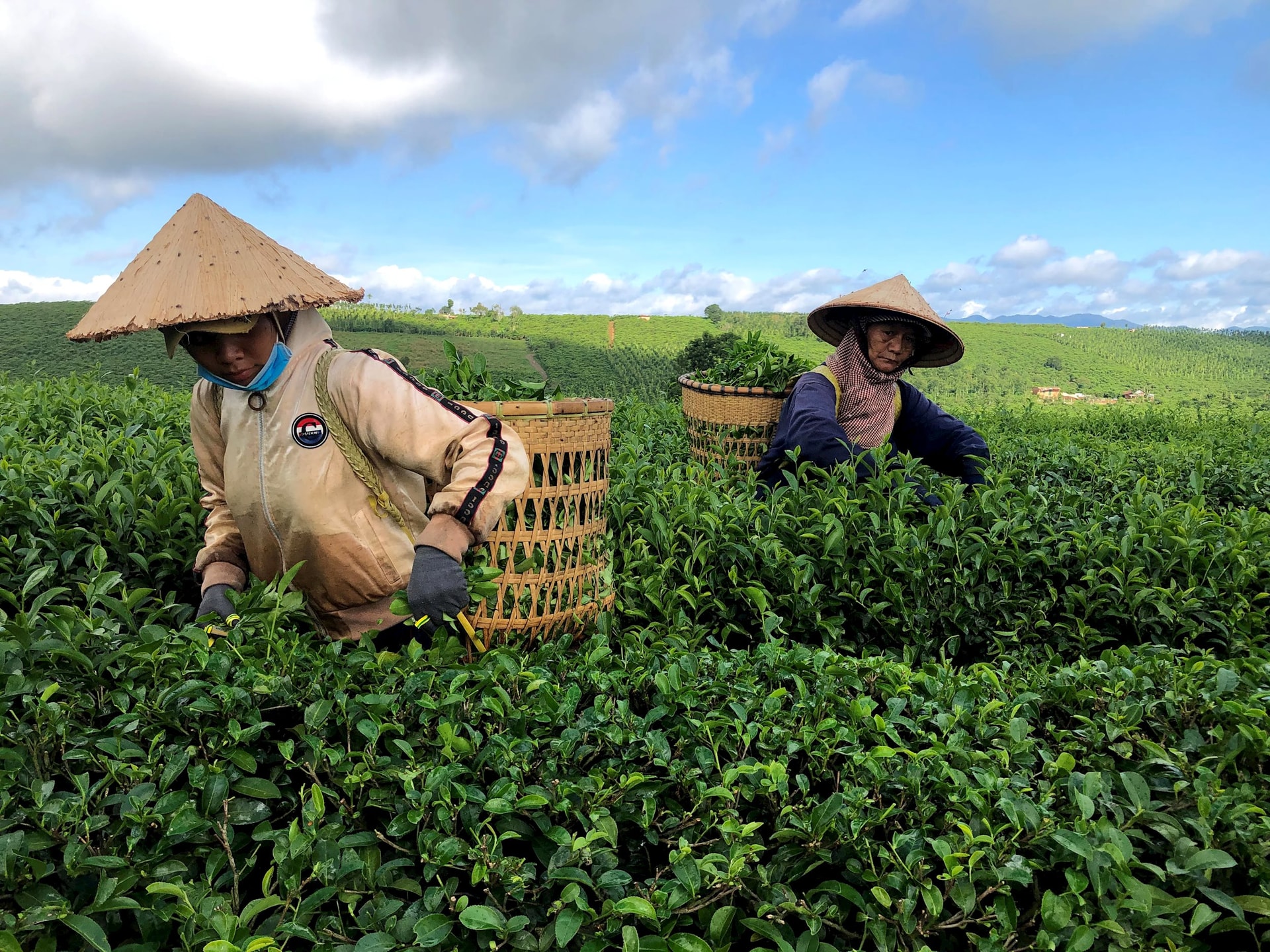
Looking down at the hands of that highland woman, although she was just talking to us, both of her hands were gliding over the young jade-colored tea tree shoots pointing up to the sky. In addition, Ms. Ka Thoa also said that after the tea is picked, the company has machines or scissors to cut the leaves and tea shoots to use as raw materials, green tea flavoring, and also to make the tea tree grow more new buds in the next batch. Normally, the picked tea buds will be used to make the best tea. The cut tea is of poor quality, just a by-product. But here, not only Ms. Ka Thoa and her acquaintances, but there are dozens of similar women, carrying baskets and wearing wide-brimmed conical hats. The tea hills are quite low, round like raspberries, stretching across the gentle valley, then turning around, running up to the next hill. Just like that, the tea hills and valleys seem to run endlessly, following each other to infinity. According to the workers, although it is possible to harvest all year round (each harvest is one to one and a half months apart), the main crop only lasts about 5 months, from October to March of the following year. During this time, the Central Highlands has a lot of rain, so the tea grows faster and buds faster, while in the dry months, even if the irrigation water source is maintained, the tea grows much slower. Of course, the workers in the highlands also have a significant decrease in income.
For more than 10 years now, many investors from Japan, Korea, China... have come to Bao Loc to establish tea growing and processing enterprises. Not only for Bao Loc people or in the country, the reputation of tea in these gentle valleys has reached far and wide to the continent. Tea in Bao Loc seems to conquer any demanding market, helping tea trees develop and stand firm in this strip of land. Some people here said that in the past few years, the "storm" of durian and then coffee has brought great profits to farmers in the Central Highlands, causing many types of crops to be cut down and replaced. In Bao Loc, where the cool climate is very suitable for both of these plants, it has not been affected much. In addition, in addition to tea, coffee trees have also been attached to Bao Loc for many years. The fact that tea trees still "stand firm" in the face of rapid changes in other crops of great benefit shows that in addition to its economic value, tea trees are also a cultural feature, an indispensable part of these misty valleys, not simply for profit.
Going back in history, tea trees began to take root in Bao Loc about 100 years ago, when the French realized the suitability of the climate and soil here. At that time, Bao Loc was also called B'lao, a name in the ancient indigenous language that means low-flying thin clouds. Although the altitude is not too high, due to the geological structure of the mountains and valleys, the B'lao area often has many clouds and fog in the late afternoon and early morning. Until now, these clouds are still a specialty of the B'lao mountain region, making many people fascinated. Meanwhile, in some places with higher altitudes such as Da Lat, fog and clouds in the morning are no longer abundant due to the rapid urbanization.

Slow Living in the Kingdom of Tea
Then, like all other beautiful lands, Bao Loc began to attract many tourists with its own unique products. Although it has a slight disadvantage in its geographical location near Da Lat city (about 100 kilometers), Bao Loc still has its own features that make people want to come, stop, and live slowly with the mountains and forests here. More and more people choose to come to Bao Loc instead of just a stop on their journey to Da Lat. There are also hotels and homestays to watch the clouds and mountains, and vertical pine forests rustling in the wind, as well as roaring waterfalls in the rainy season and babbling streams in the dry season. In addition, thanks to the expressway system, the travel time from Ho Chi Minh City, a large urban area in the South to Bao Loc is only about 4 hours. More specifically, this is a young city (established in 2010) and small, so the wildness of the mountains and forests is still almost intact. Most notably, the places known to many tourists in Bao Loc are also associated with tea trees.
In fact, the vast Central Highlands seems to have many places that grow tea. From the Langbian, Da Nhim, Tan Ha plateaus to Di Linh, Dinh Trang Thuong… people can easily see tea trees mixed with coffee gardens, pepper, and other fruit trees. But for some reason, it was only when I came to Bao Loc that I could feel the gentle, pure aroma. Perhaps because people here grow so much tea, many people call it the kingdom of tea, or because in other areas of the Central Highlands, people only grow tea sparsely on a few hillsides, not occupying the entire space of the sky, land, mountains and forests like Bao Loc.
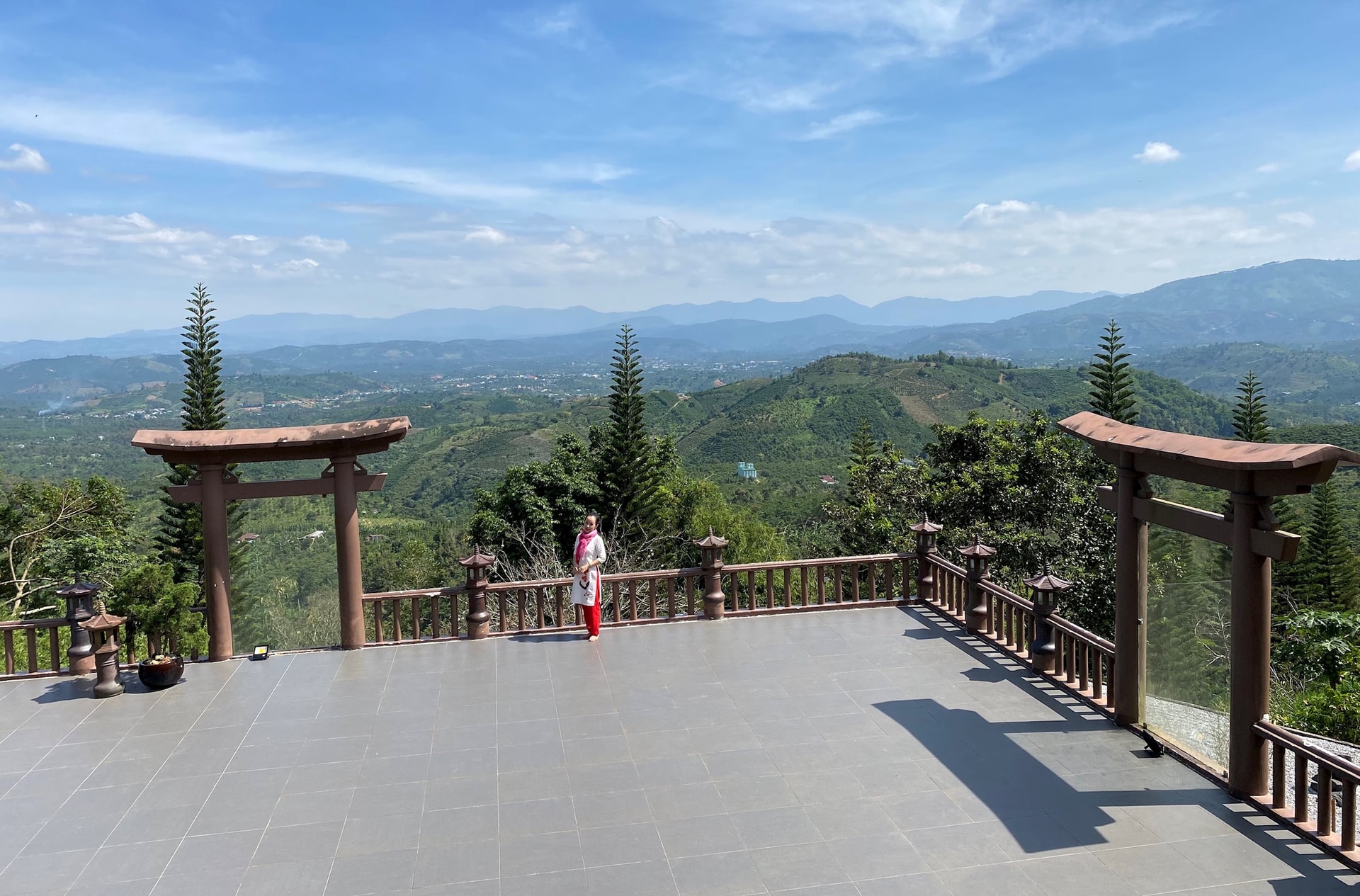
In that space of fragrant tea, I remembered a special "specialty" which is the pagodas located halfway up the tea hills. There are many pagodas, but the pagodas located on the vast green tea hills seem to make the space more meditative, more peaceful among all the noise of living beings. If entering a pagoda gives us a feeling of peace, then a pagoda located in the middle of a gentle fragrance brings a feeling of peace ten times. I still remember, the first time we came to Tra Pagoda, a pagoda with a typical name of Bao Loc, located in the suburbs of the city, right next to Nam Phuong Lake, was a morning with light rain. The pagoda was small and had few people. Only two or three figures in brown robes walked slowly among the rows of tea. It is not quite right to say that we entered another world. Because Bao Loc, although a level 3 urban area and a city, still retains the peacefulness of the mountains and forests. However, the space in Tra Pagoda is still another world in the peaceful world of this small city. A world of fragrant tea, meditation, peace and transcendence. In that world, everything seems to be held back, deep and deep, even the sound of the temple bell ringing. According to local people, Tra Pagoda was built just over ten years ago, with a pure Vietnamese design with red tiled roofs, simple walls and on both sides are small houses for enjoying tea and sightseeing. Because the pagoda is located near the top of the hill, behind and on both sides are tea hills, the road on the last days of the year is covered with the brilliant yellow shade of wild sunflowers. In front, there is also a highlight with the blue Nam Phuong Lake providing water for many city residents.
Bao Loc does not only have Tra Pagoda. Another pagoda is Linh Quy Phap An Pagoda (Loc Thanh Commune), which is known to many people with the familiar name "heaven's gate". If Tra Pagoda brings a peaceful and ethereal world, on the contrary, Linh Quy Phap An, also located in the middle of vast tea hills, brings a photo corner (check-in) that is enough to move any social network community. I say "move" because I still remember nearly ten years ago, when a photo taken of the corner of the pagoda's yard in the early morning mist, with a simple small gate built with 3 wooden pillars, in the distance is a tea valley, a few small houses posted on social networks, created a "fever" among young people. Many groups were set up just to invite each other to check-in at that gate of heaven. Even foreign newspapers published and gave good words to the corner of Linh Quy Phap An Pagoda's yard. It should also be added that this temple was not built for the purpose of attracting visitors but simply because of its location on the mountain. Before that, there was a small, old temple of the local people, which was later built, including the main hall, temple yard and the famous gate to heaven.
We arrived at Linh Quy Phap An on a sunny afternoon. Bao Loc is a strange land. Rain and sunshine transition very quickly, without warning. Many people say that in one day in Bao Loc, there are four seasons. The morning is cold, so you have to wear a thick warm coat; the noon is hot and sunny, but standing under the shade of a tree, the weather is mild and pleasant; in the evening, the weather turns cold and the clouds sometimes gather like light rain. And Linh Quy Phap An is the same. From the foot of the mountain on hill 45, travel about a kilometer of steep mountain road between tea and coffee hills to reach the temple. In addition to walking, local people accept motorbike rides for the above distance because the temple is currently a famous pilgrimage destination, even for the elderly. The temple is quite large and solidly built. Like many others, I stood at the "heavenly gate" in the temple yard, looking into the distance. Although not as magically beautiful as the pictures on the internet, this is truly a place of transcendence in the literal sense. The simple wooden gate in the temple yard seems to open up another world. The world is just a small part of Bao Loc city with rolling hills of tea and coffee or hamlets of highlanders mixed with lowlanders. Although it is sunny, in the distance, clouds still hover over the top of Dai Binh mountain, adding to the magical picture.
If Da Lat city attracts tourists with its purposefully advertised and designed products, Bao Loc city attracts people with its natural features. That is the fragrance not only of famous teas but also of the mountains, forests, sky, land and people here.
Source: https://daidoanket.vn/nhung-thung-lung-thom-huong-10294150.html


![[Photo] A delegation of 100 journalists from the Vietnam Journalists Association visits the soldiers and people of Truong Sa island district.](https://vphoto.vietnam.vn/thumb/1200x675/vietnam/resource/IMAGE/2025/5/30/0984a986227d4e988177f560d2e1563e)



![[Photo] Prime Minister Pham Minh Chinh attends the event "Digital transformation of the banking industry by 2025"](https://vphoto.vietnam.vn/thumb/1200x675/vietnam/resource/IMAGE/2025/5/29/0e34cc7261d74e26b7f87cadff763eae)

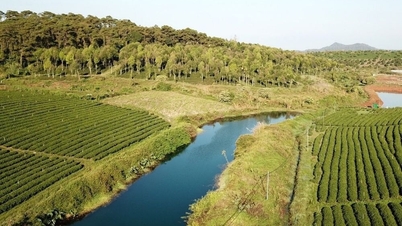



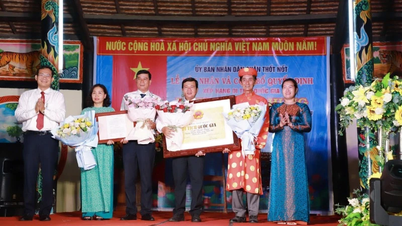

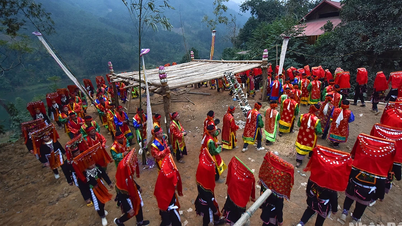









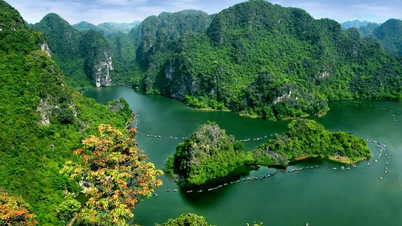

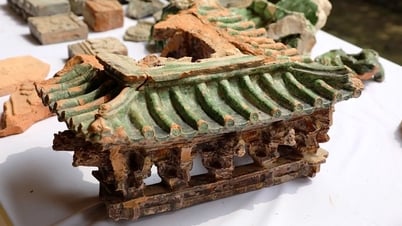

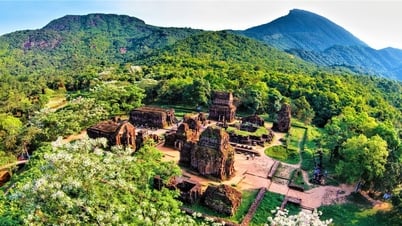







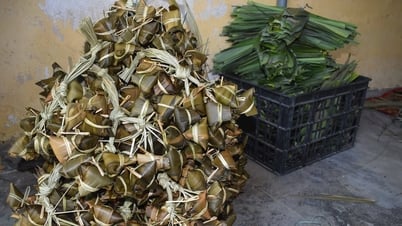

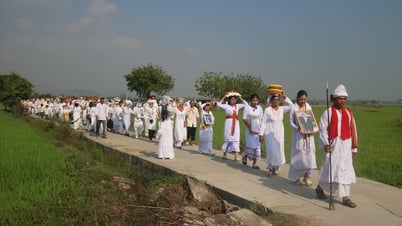

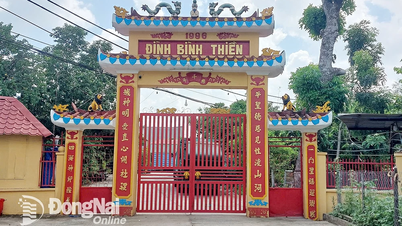






















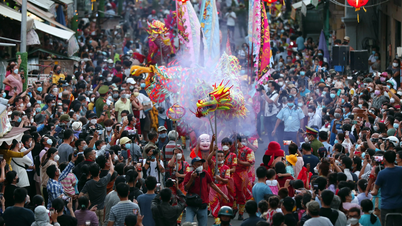









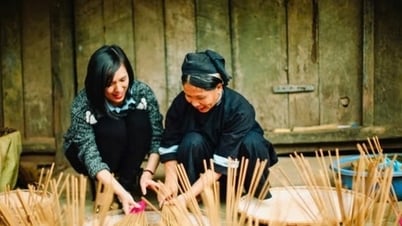






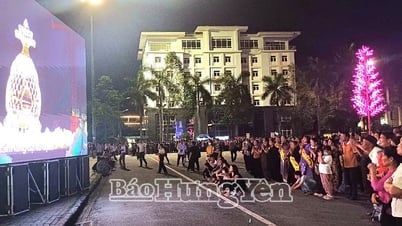





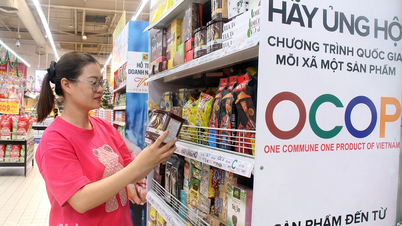
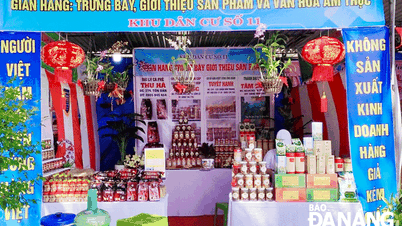

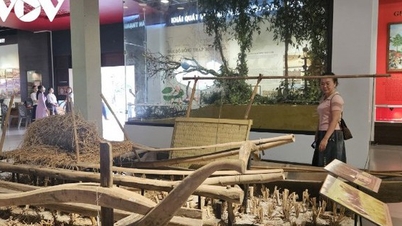





Comment (0)